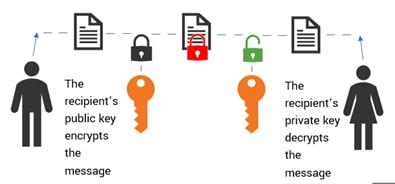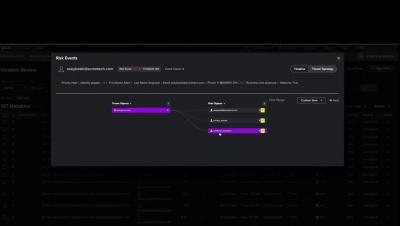Security | Threat Detection | Cyberattacks | DevSecOps | Compliance
Splunk
Corporate Espionage: Who Is Watching Your Business...And Why
Coffee Talk with SURGe: ESXi servers, Royal Mail ransomware, Gamaredon, Password Sharing, Bard AI
Denial-of-Service Attacks: History, Techniques & Prevention
All the Proxy(Not)Shells
On September 28th it was disclosed by GTSC that there was a possible new zero day being abused in the wild beginning in early August. Although this campaign looked very similar to the previously abused vulnerability in Microsoft Exchange, dubbed ProxyShell at the time, comprising 3 CVEs (CVE-2021-34473, CVE-2021-34523 and CVE-2021-31207) that when combined enabled an adversary to gain remote access to an Exchange PowerShell session that may be abused.
Post-Quantum Cryptography & Preparing for Post-Quantum Encryption (PQE)
Quantum computing is an emerging technology that, in due time, will enable amazing power for humanity. With good comes bad. Bad actors are likely to harness quantum computing to distrust, steal or cause harm — threatening our global ways of living and working. We must help federal agencies and commercial enterprises to build quantum safety and quantum resilience against a worst-case scenario. Fortunately, the threat is being recognized. On December 21, 2022, the U.S.
Coffee Talk with SURGe: Ticketmaster, Apple Hardware Security Keys, Ukraine, Cognitive Biases
SIEM In Seconds - Splunk ES Overview - Threat Topology
The Ethical Hacking Guide: Hacking for Security
Companies are under more threat than ever. The rise in cyber threats is alarming: 2021 saw a 30% increase in cyberattacks compared with 2020. Even sophisticated systems with complex countermeasure technologies for security may be vulnerable to attack. Many organizations turn to hackers to counteract these threats. Ethical hackers use the tools and methods of malicious actors to help companies pinpoint their weaknesses and build a more resilient and secure system.
Shift Left Security: How To Shift Security Left for Software Development
For a long time, security and development were two distinct aspects of programming. As organizations started to leverage software and technology as differentiating factors, the speed and quality of development became more important than ever. Organizations no longer had time after development was complete to address security vulnerabilities. Catching vulnerabilities too late opens companies up to unnecessary risk and can be costly to fix.











